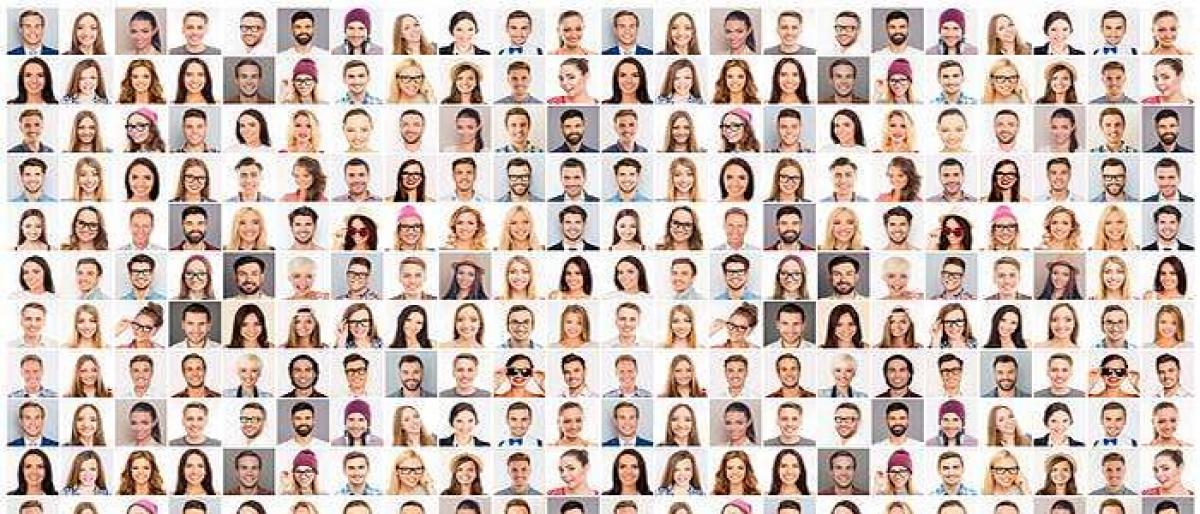Live
- Trump tariffs not going to help America become great again: Jim Rogers
- Online faculty development programme from Dec 9
- Talk show host Kiranprabha inspires Sri City community
- Ethanol factory: BRS govt breached all green norms
- Israel lifts gathering restrictions in central areas following ceasefire
- Photo exhibition showcases Rayalaseema’s cultural heritage
- Delhi’s air quality remains 'very poor' with AQI at 332
- Brahmotsavam begins grandly at Tiruchanoor
- Music concert on Dec 8 to raise funds for SPB memorial, museum
- Thousands of kids take part in campaign to end child marriage









